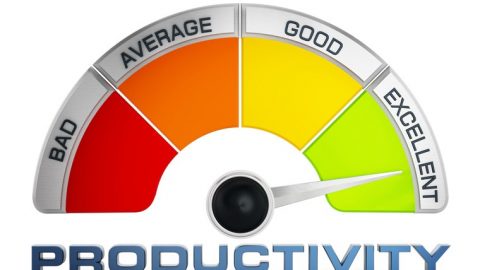
At some stage in the growth cycle of an enterprise, the workload will reach the current level of human resources that the company cannot handle. Especially for small businesses with low number of employees, this is even more a problem.
To solve this problem, instead of quickly recruiting new employees, temporary hiring to wait for a suitable candidate is the more optimal method. Before you get started, analyze what areas are driving costs in your company – is that payroll, accounting, marketing, logistics, IT, anything else? You need to know which functions are taking up too much time and increasing your costs. Start by outsourcing these areas and you can free up time to focus on the core businesses that generate revenue.
Many small business owners do not engage in outsourcing opportunities because they worry about losing control of their business and costs. These concerns can easily be managed by carefully negotiating the scope of work and choosing a well-established partner in its industry.
Building a culture of continuous improvement
Improving productivity is an ongoing process, which means you must be committed to it. Some organizations have a reputation for starting an initiative and then abandoning it when it doesn’t bring transformative results. This is a waste of money for all businesses and especially for small businesses that may not have the money to invest in large management techniques or the next organizational design trend.
Here are some suggestions for setting up a plan:
In general, businesses need to think about small steps first. Creating a small but continuous improvement culture will not only improve productivity levels but will continue to improve them over time to gain even more benefits.
Source: Smallbusiness